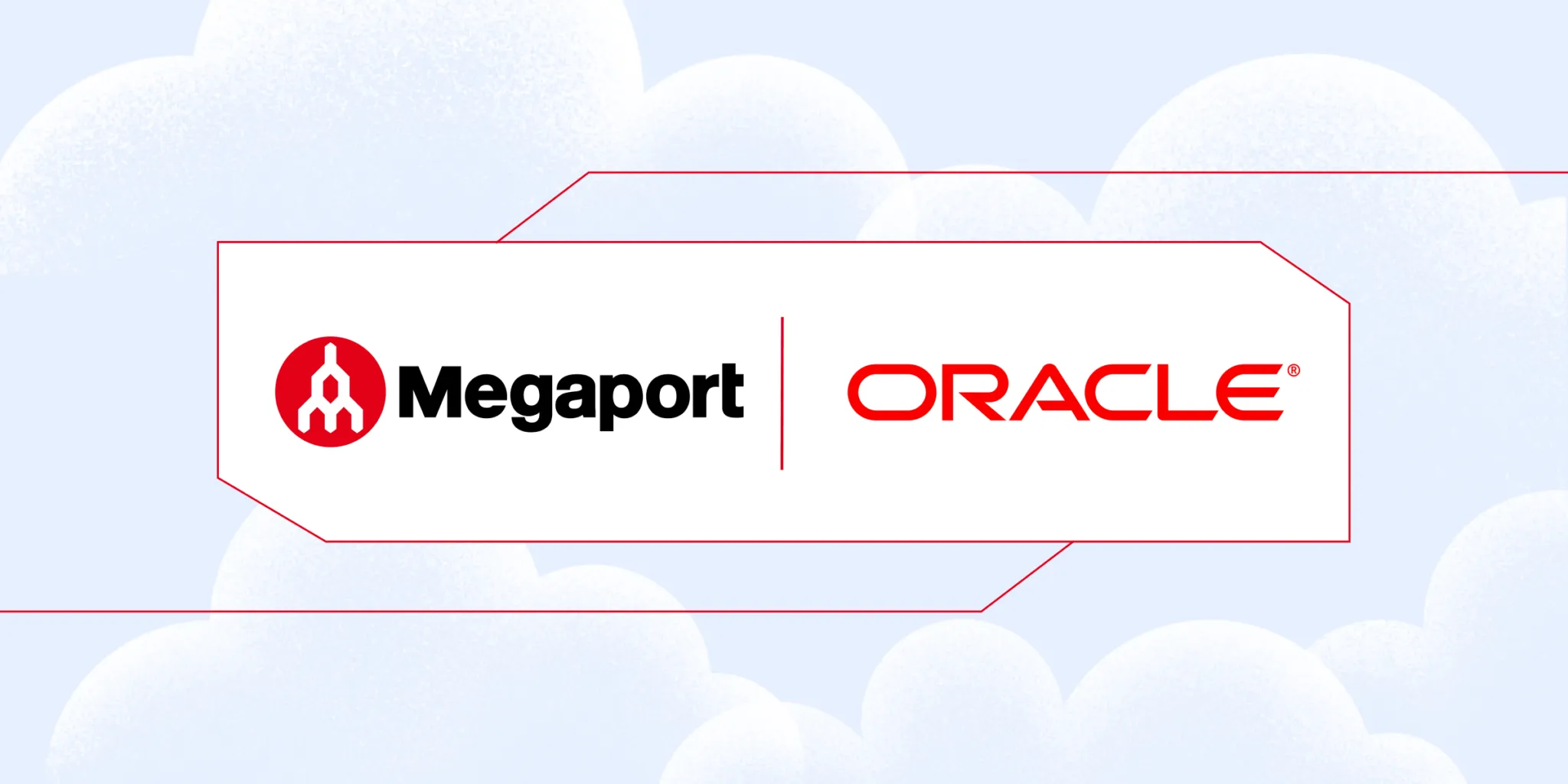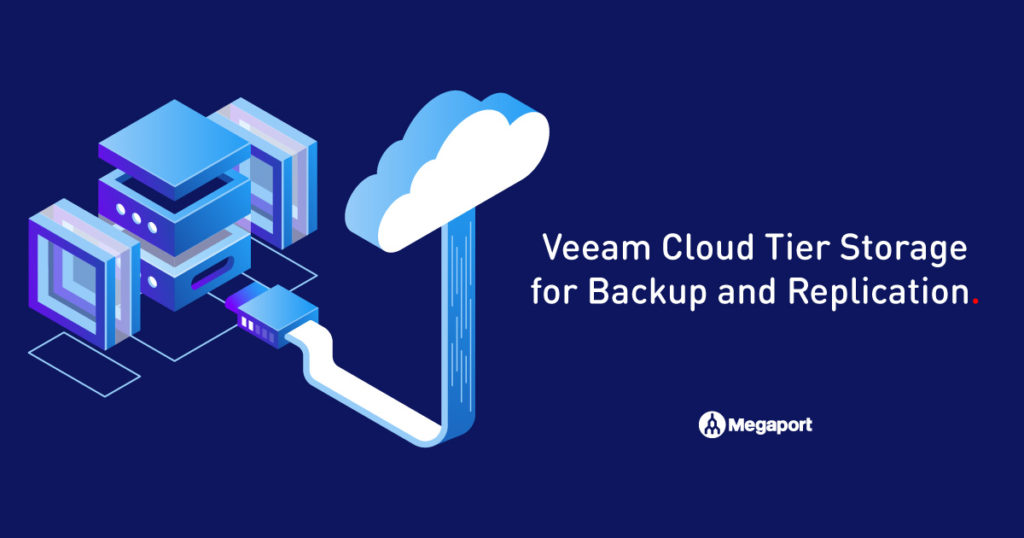
Internet Exchanges and Peering: Unlocking the Benefits
- Networking
- January 23, 2024
By Rob Parker, Interconnection Director
This growing connectivity method opens users to a whole new world of network capabilities, and is becoming more essential than ever before.
In 2023, almost every business function is underpinned by the internet. And as network architectures continue to grow more distributed and complex, a standard internet setup is no longer enough to keep up. Private networking functions are invaluable to keeping the lights on, but when the public internet still needs to be a part of your network, how can you optimize it?
Internet Exchanges (IX) and peering provide key links between key connection points for more efficient data transfer, and should be top of mind for organizations looking to improve their networks. But how does IX and peering work, and how could your business benefit from using these technologies?
The Core of Connectivity: Internet Exchange (IX)
An Internet Exchange acts as a nexus where multiple networks—including those of Internet Service Providers (ISPs), Enterprise Providers, and Content Providers—converge to exchange IP traffic directly.
The fundamental principle of IX is to reduce reliance on upstream providers by instead facilitating direct interconnection across a shared Layer 2 fabric with low latency. The resulting faster speeds enabled by an IX significantly increase workload throughput, and as a result, can significantly improve customer experience in local markets. Local interconnection also provides alternative routes to improve resilience and reduce costs.
Take, for example, a regional ISP with no peering relationships or IX memberships, instead using one or two upstream transit providers. These providers may see periods of congestion during major online streaming events (like a sports game), when major operating system updates are released, or when new games or game content are released.
This situation leaves the ISP with two options – leverage additional bandwidth, which comes at an additional cost and often must be provisioned in advance; or accept the high latency, jitter, and resulting suboptimal experience they will deliver to their end customers.
With an IX, that traffic can instead be exchanged directly between major content delivery networks/providers and the ISP at no additional cost, and transit usage will be significantly less affected by major online events.
Peering and BGP Routing
Peering is essentially a strategic relationship between different networks, operating through the use of the Border Gateway Protocol (BGP). BGP serves as the traffic director, facilitating the exchange of routing and reachability information between participating networks. By establishing direct, bilateral peering sessions, networks can further optimize their routing tables , achieving more streamlined and efficient data transmission.
With MegaIX , Megaport’s Internet Exchange service, networks can also participate in multilateral peering via our route servers – a single BGP session can bring the majority of local IX routes without the effort of negotiating with individual peers.
The Benefits of Peering
One of the key advantages of peering is the reduced latency it offers. Unlike conventional routing through multiple intermediary networks, peering enables direct data exchange between connected networks.
This minimizes the number of hops data packets need to traverse, giving peering its key advantage: significantly reduced latency and enhanced network service performance. Less dependence on transit networks equals a faster, smoother data transit and as a result, a better experience for end users.
This simplified direct routing design also eliminates reliance on intermediate networks and providers who may not be able to assist with troubleshooting. Plus, routing across an Internet Exchange means data traveling within a single locality or region can be delivered straight to its destination—no hairpinning required—for a far more efficient setup.
The Global Landscape of Internet Exchange Points (IXPs)
Internet Exchange Points (IXPs) are strategically distributed worldwide, serving as key physical locations for network interconnection. These locations house the infrastructure that facilitates the direct exchange of traffic between participating networks.
Our recommendation is typically to connect to at least two IXPs in each metro area or market in which you’re operating; this ensures you and your customers (and customers of other IXPs) can take advantage of fully redundant peering connections within a metro, thus ensuring uninterrupted connection in times of network congestion or disruption. A redundant setup also provides more options for low-cost, high-performance local interconnection and route optimization.
To facilitate even more resilient and well-distributed setups, Megaport is expanding our IX footprint to cover 24 cities globally, with even more expansion to come in 2024. You can already find us in New York, Charlotte, Miami, Atlanta, and Denver, with more new locations to follow.
What’s Next for IX?
Looking ahead, the evolution of IX and peering is closely tied to the advancements of the technologies surrounding it. With the rise of offerings like Software Defined Networking (SDN) and Network Function Virtualization (NFV), the networking landscape is poised for increased programmability and automation, and we’re already seeing the beginnings of this .
Log in to the Megaport PortalLearn more about our API
Now available in:
USA
- Ashburn
- Atlanta
- Charlotte
- Dallas
- Denver
- Las Vegas
- Los Angeles
- Miami
- New York
- Seattle
Canada
- Toronto
Australia
- Brisbane
- Melbourne
- Perth
- Sydney
New Zealand
- Auckland
Singapore
- Singapore
Germany
- Berlin
- Düsseldorf
- Frankfurt
- Hamburg
- Munich
Bulgaria
- Sofia


